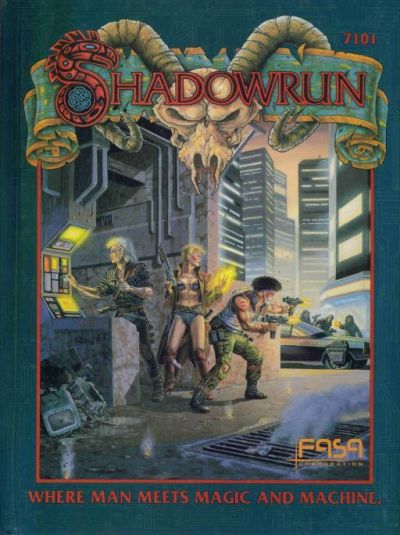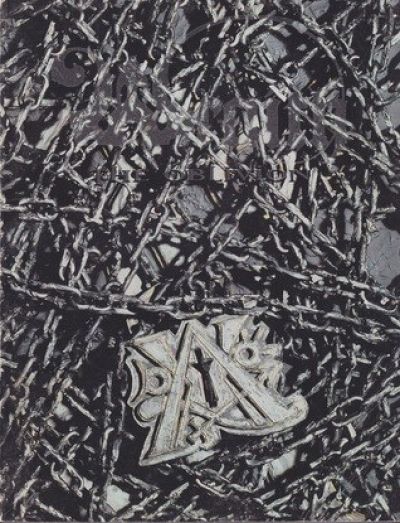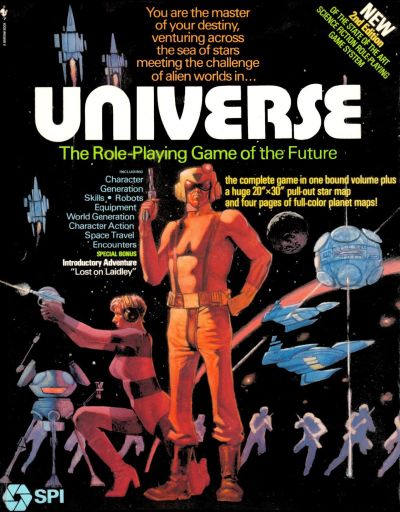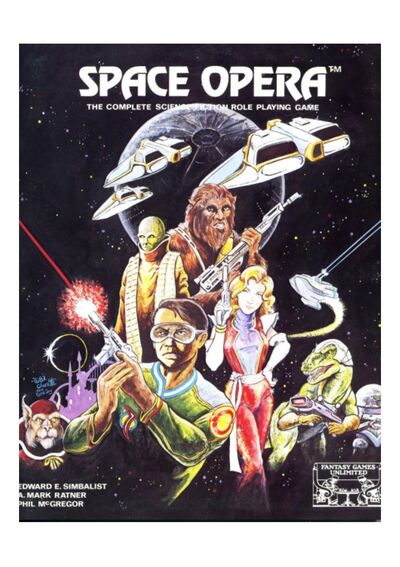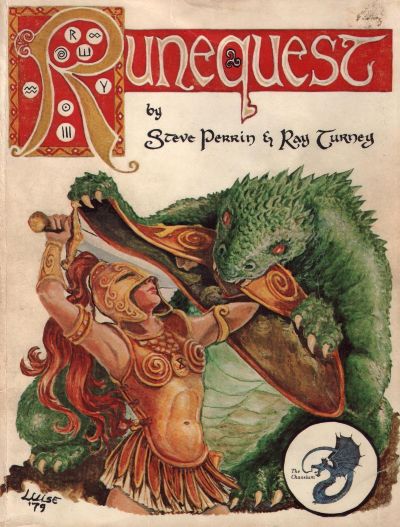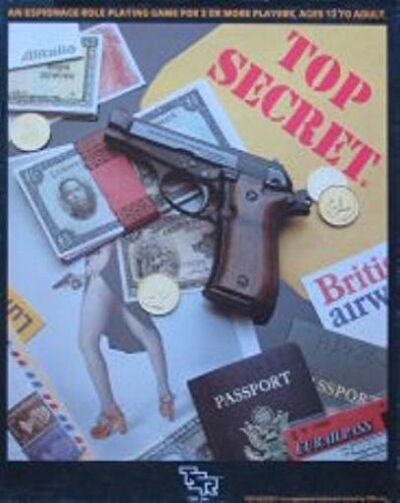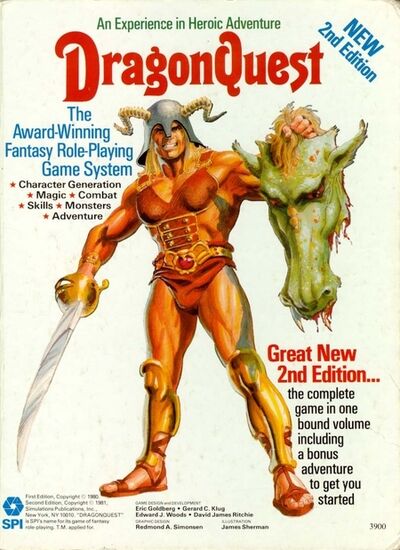RPG WTF 5: Call of Cthulhu
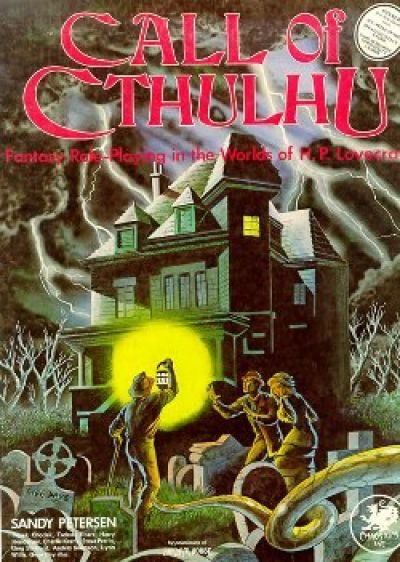
4 Jun, 2020
0 comments
Sandy Peterson’s 1981 Call of Cthulhu introduced legions of gamers to Cosmic Horror. Despite the tendency of campaigns to end with madness and total party kills, the game was for a long time Chaosium’s most popular product. It has had seven editions and was always well supported, even in its publisher’s most dire moments. As well, a number of top-notch products are available from third parties. If you’ve ever want to play a character who learns too much for comfort before dying horribly – or worse – this is the game for you!
The small fly in the ointment is that the rich game setting has as its foundation H. P. Lovecraft’s deep-seated horror at discovering Italians exist. In fact, the list of races of whose existence Lovecraft approved is very very short, and the list of races he despised was very very long, almost all inclusive. He managed the remarkable trick of being incredibly racist by the standards of America in the early 20th century, when lynching was frequent, as were anti-Asian immigration laws, and the forced deportation of millions of American citizens for being of the wrong race.
Of course, Lovecraft’s almost universal xenophobia is only obvious if one actually reads his fiction. Or poetry.
There are a number of ways one can deal with problematic source material. One can simply ignore it and hope one’s patrons never read the source material. Vigorous denial is quite popular in some Cosmic Horror critical circles. Game companies lean a different way, which is why one sees tweets like
Let me get this straight. In Fate of Cthulhu we specifically pointed out the racism of HP Lovecraft because well, he was a racist motherfucker, and we couldn’t in good conscience ignore that.
https://twitter.com/sblackmoor…
and products like Harlem Unbound, which acknowledge that particular elephant in the room.
